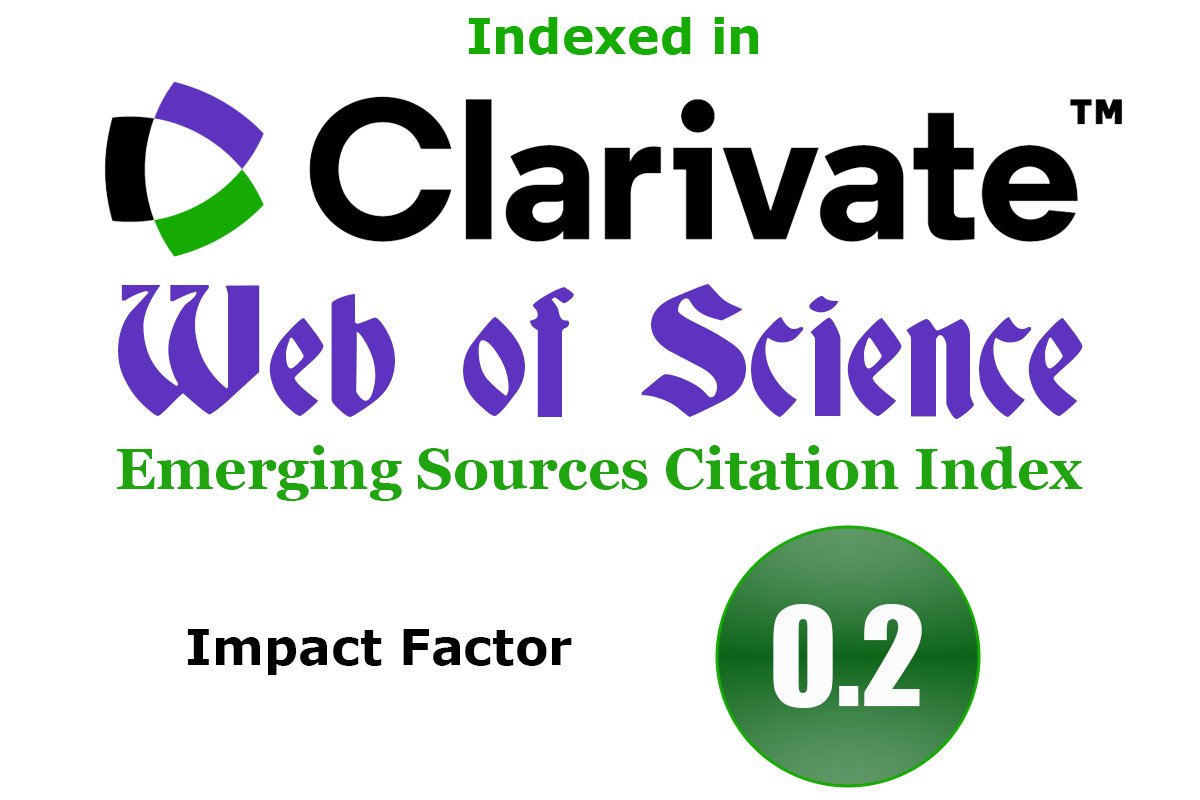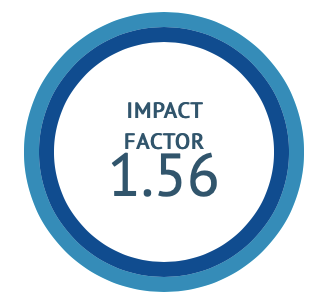Protective effects of Cassia fistula on epididymal histopathology, oxidative stress and reproductive performance in streptozotocin-induced Diabetic male Wistar rats
DOI:
https://doi.org/10.47552/ijam.v16i3.5856Keywords:
Antioxidants, Epididymis, Fertility index, Cassia fistula, Sperm, StreptozotocinAbstract
Background: Diabetes mellitus (DM) negatively affects normal sperm function and male fertility. Medicinal plants, known for their rich antioxidant properties, can help mitigate male infertility induced by diabetes. Objective: This research is designed to explore the ameliorative effects of ethanolic (70%) extract of Cassia fistula Linn. pods on epididymal histopathology, oxidative stress, sperm quality, and fertility in diabetic rats. Materials and Methods: Type-I diabetes was induced in male Wistar rats by administering a single injection (i.p.) of streptozotocin (60 mg/kg body mass). The diabetic rats were then administered oral doses of Cassia fistula pod extract at different amounts (100, 250, and 500 mg/kg body weight per day) for a duration of 60 days. The outcomes were compared to those of diabetic rats administered the antidiabetic drug glibenclamide (5 mg/kg body weight per day). Sperm quality (count, motility, and viability), lipid peroxidation, and markers of antioxidant defense (catalase, glutathione, superoxide dismutase and ascorbic acid) in the epididymis were analyzed. Additionally, epididymal histopathology, fertility index, and litter size were assessed. Results: The oral administration of Cassia fistula pod extract or glibenclamide in diabetic rats notably improved sperm vitality, fertility rate, and progeny number. The treatment also enhanced epididymal antioxidant levels and reversed histopathological abnormalities in comparison to the untreated diabetic group. These outcomes were similar to those seen with the standard glibenclamide treatment. Conclusions: The findings of this study demonstrate that Cassia fistula pod extract exhibit potent antioxidant properties and provides significant benefits for alleviating epididymal dysfunction in diabetic male rats.
Downloads
Published
How to Cite
Issue
Section
License
Copyright (c) 2025 International Journal of Ayurvedic Medicine

This work is licensed under a Creative Commons Attribution-NonCommercial-ShareAlike 4.0 International License.
The author hereby transfers, assigns, or conveys all copyright ownership to the International Journal of Ayurvedic Medicine (IJAM). By this transfer, the article becomes the property of the IJAM and may not be published elsewhere without written permission from the IJAM.
This transfer of copyright also implies transfer of rights for printed, electronic, microfilm, and facsimile publication. No royalty or other monetary compensation will be received for transferring the copyright of the article to the IJAM.
The IJAM, in turn, grants each author the right to republish the article in any book for which he or she is the author or editor, without paying royalties to the IJAM, subject to the express conditions that (a) the author notify IJAM in advance in writing of this republication and (b) a credit line attributes the original publication to IJAM.




